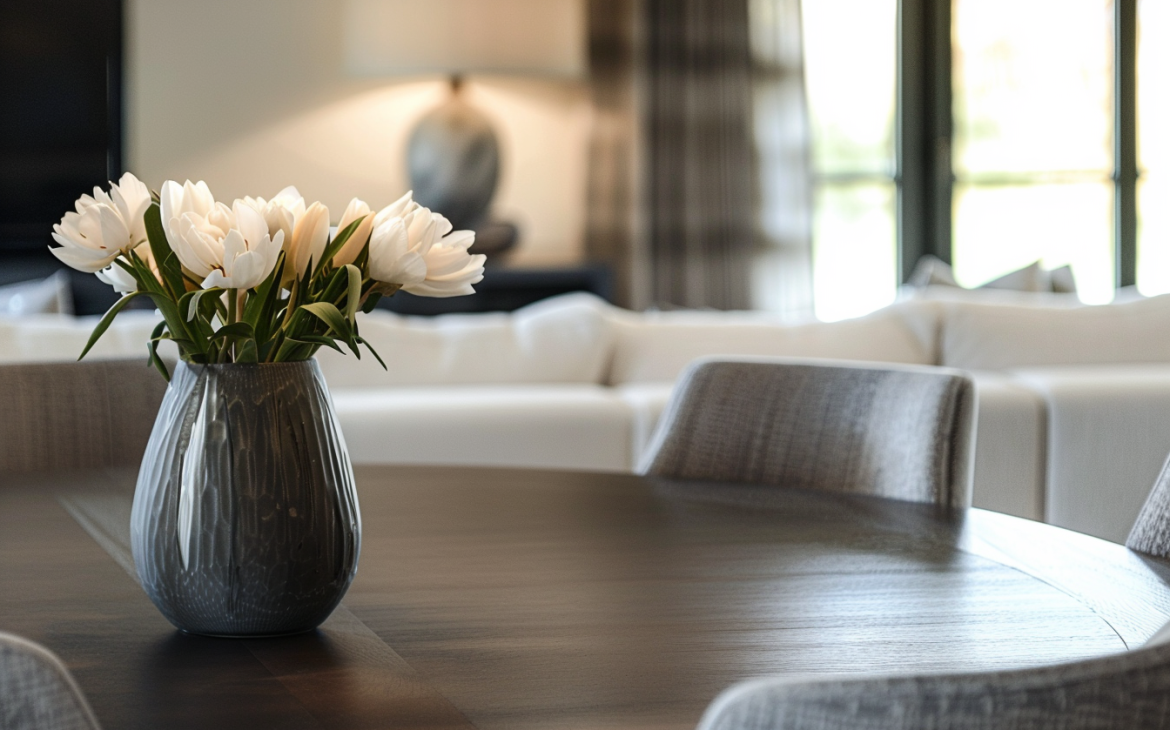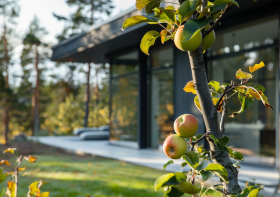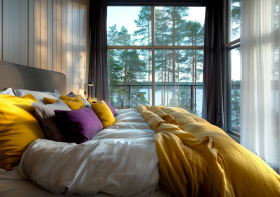Achieving Balance in Interior Design: Insights and Strategies
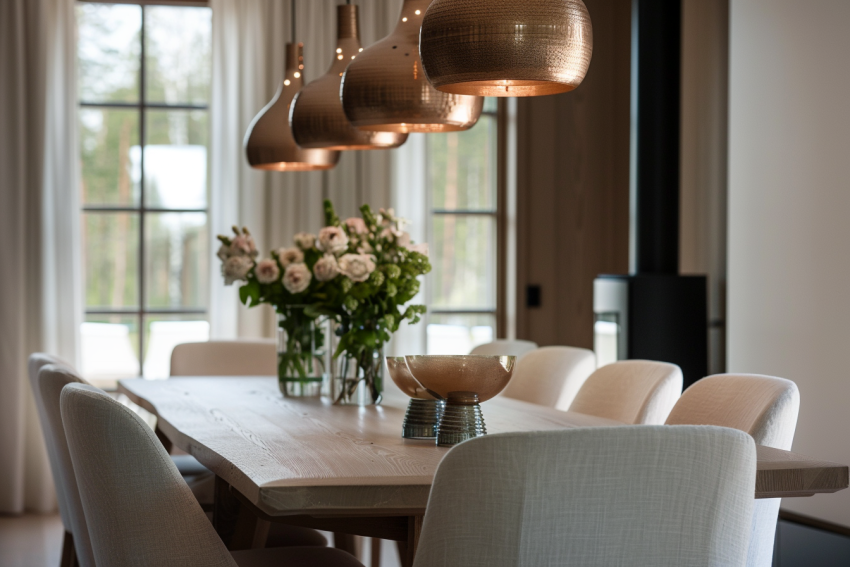
Balance is a fundamental principle in interior design, essential for creating spaces that are not only visually appealing but also functional and harmonious. Achieving balance involves careful consideration of various elements such as symmetry, proportion, and scale. In this blog post, we’ll delve into the concept of balance in interior design and explore strategies to help you achieve it effectively.
Balance in interior design refers to the distribution of visual weight in a space to create a sense of equilibrium. It ensures that no single element overwhelms the space and that the overall composition feels stable and cohesive. There are two primary types of balance: symmetrical and asymmetrical.
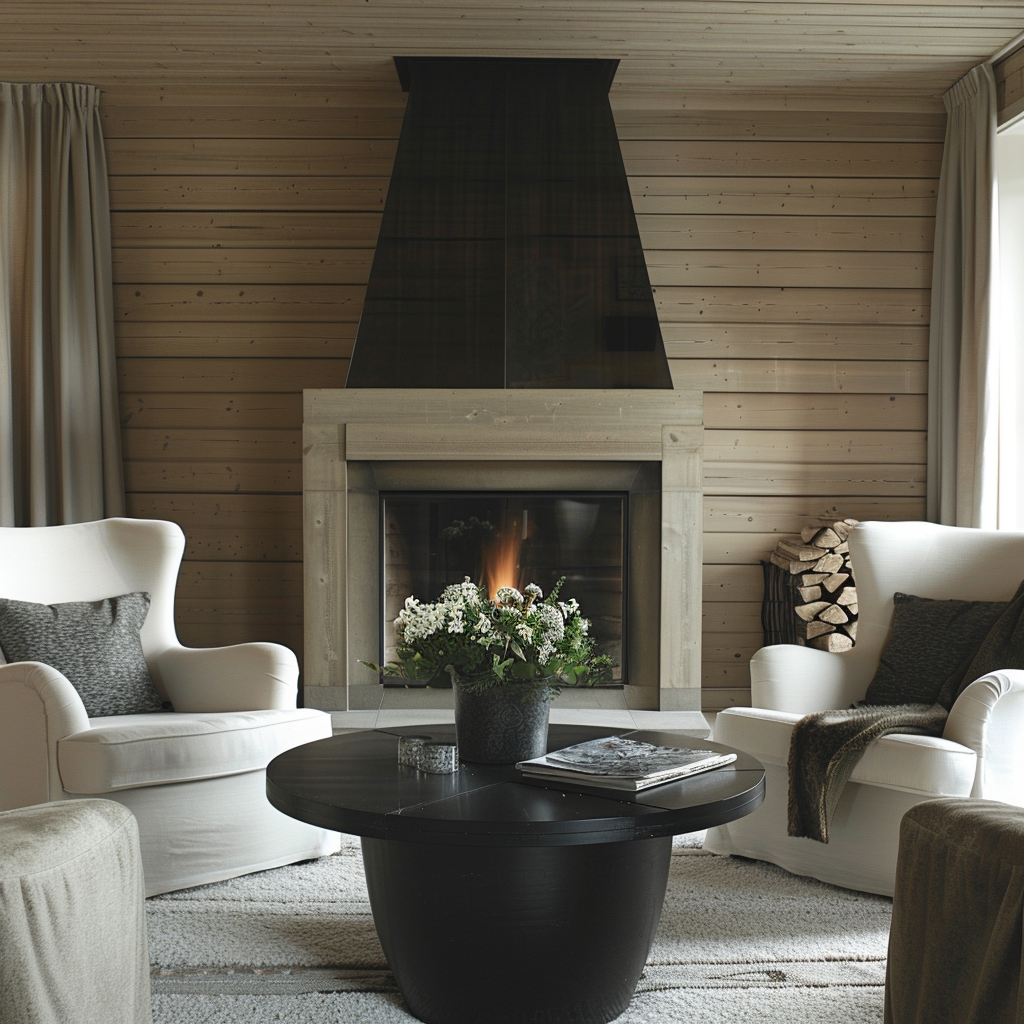
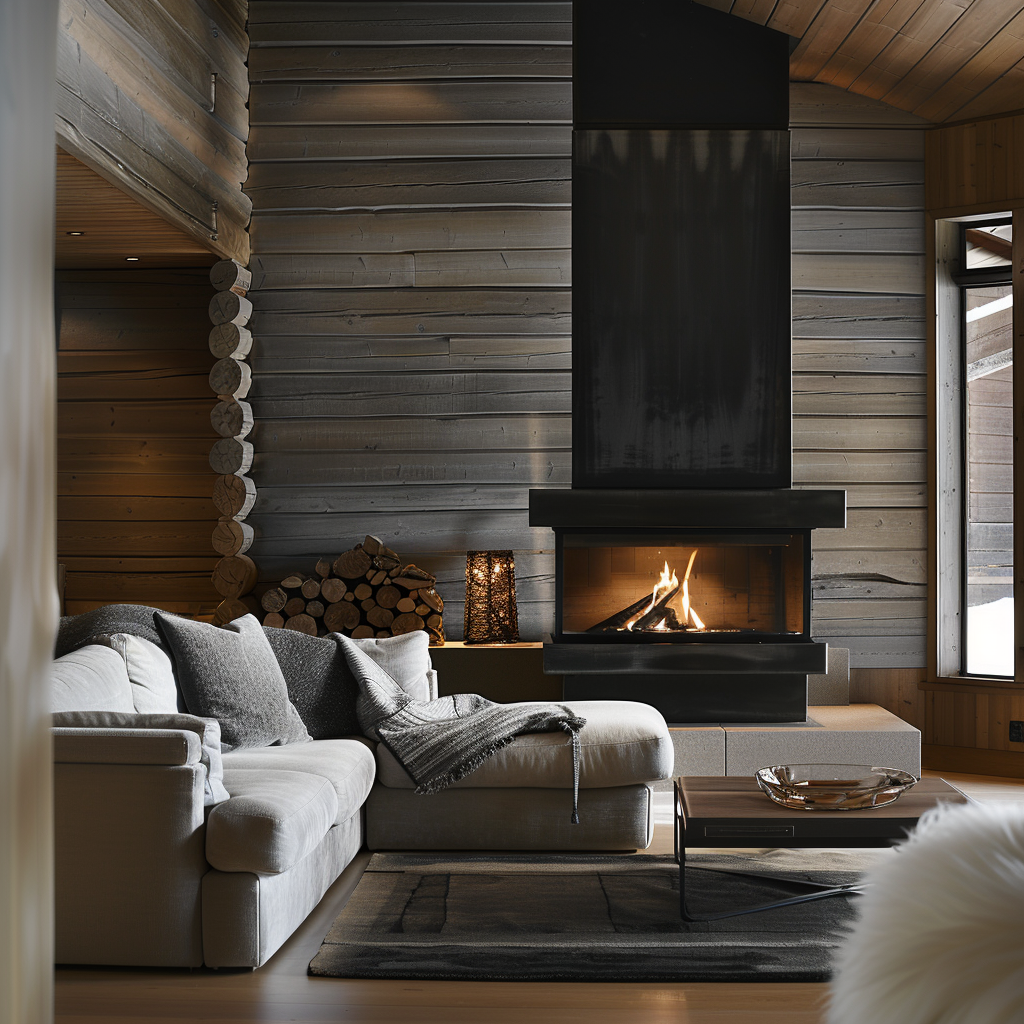
Symmetrical balance involves arranging elements in a space so that they are identical or evenly distributed on either side of a central axis. This creates a sense of formality and order, often seen in traditional and classical interiors. On the other hand, asymmetrical balance involves achieving equilibrium through the careful placement of different elements with varying visual weights. This approach tends to feel more relaxed and dynamic, allowing for greater creativity and flexibility in design.
Strategies for Achieving Balance:
- Consider Scale and Proportion: When arranging furniture and decor, pay attention to the scale and proportion of each element relative to the size of the space. Large pieces can anchor a room, while smaller items can provide balance and visual interest.
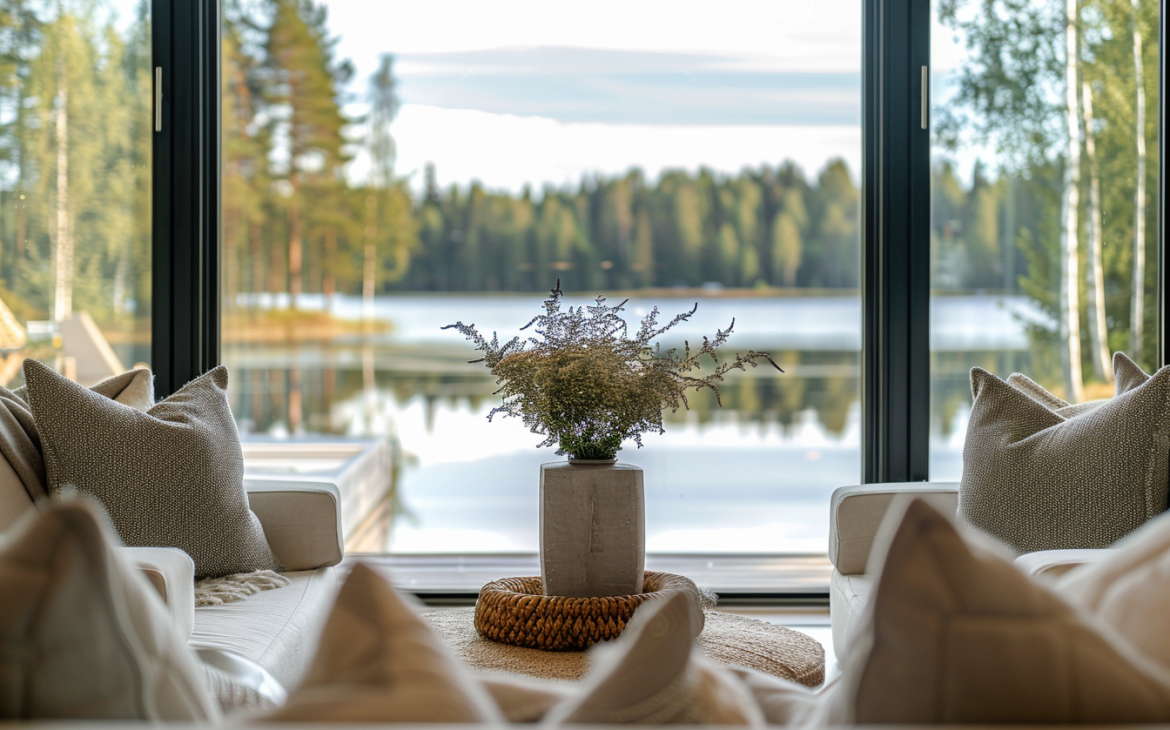
- Distribute Visual Weight: Balance heavy or visually dominant elements with lighter or more subtle counterparts to create a harmonious composition. For example, a large sectional sofa can be balanced by a group of smaller accent chairs or a statement light fixture.
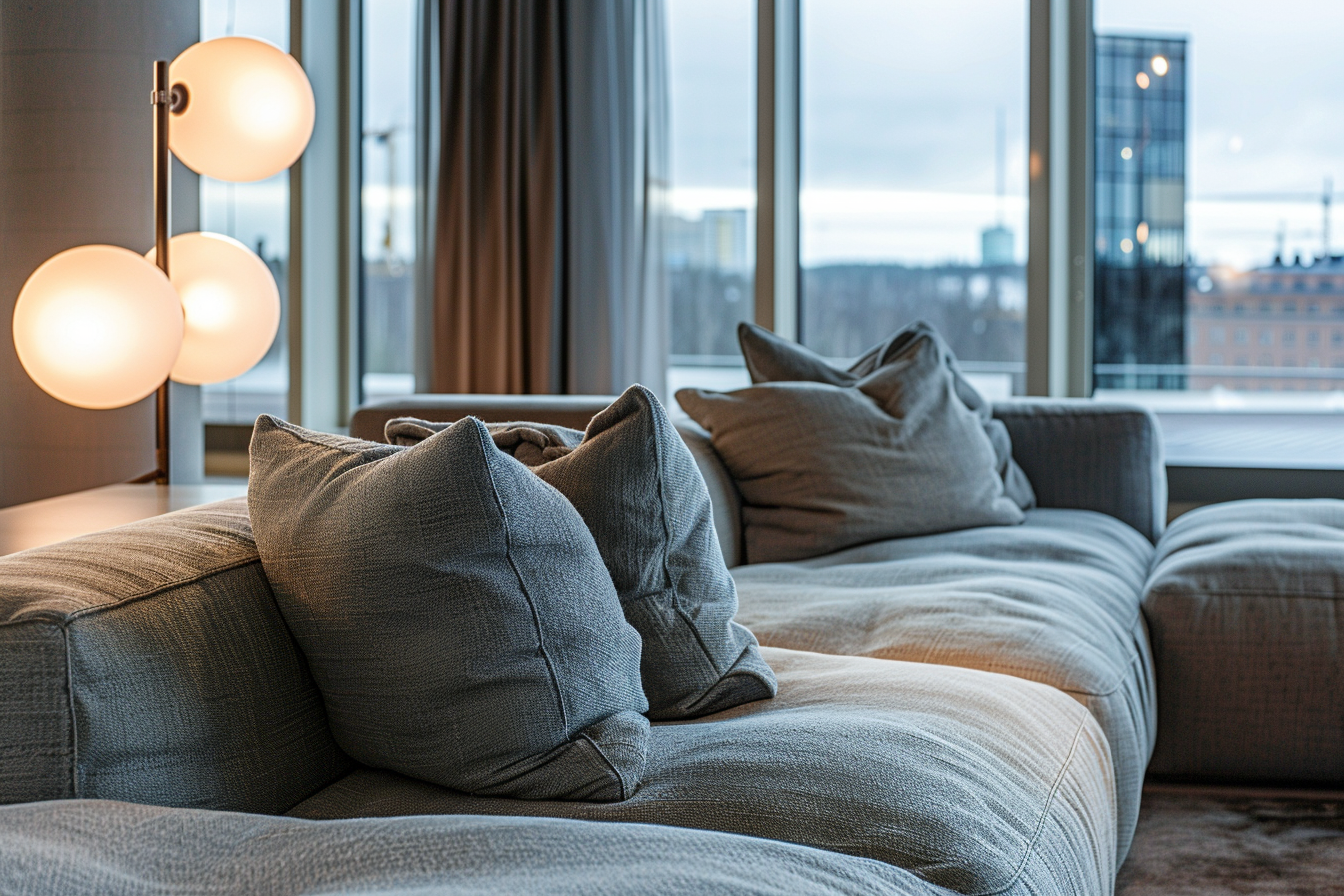
- Use Symmetry Thoughtfully: In spaces where symmetry is desired, such as formal living rooms or entryways, aim for perfect symmetry by mirroring furniture and decor on either side of a central axis. This creates a sense of order and elegance.
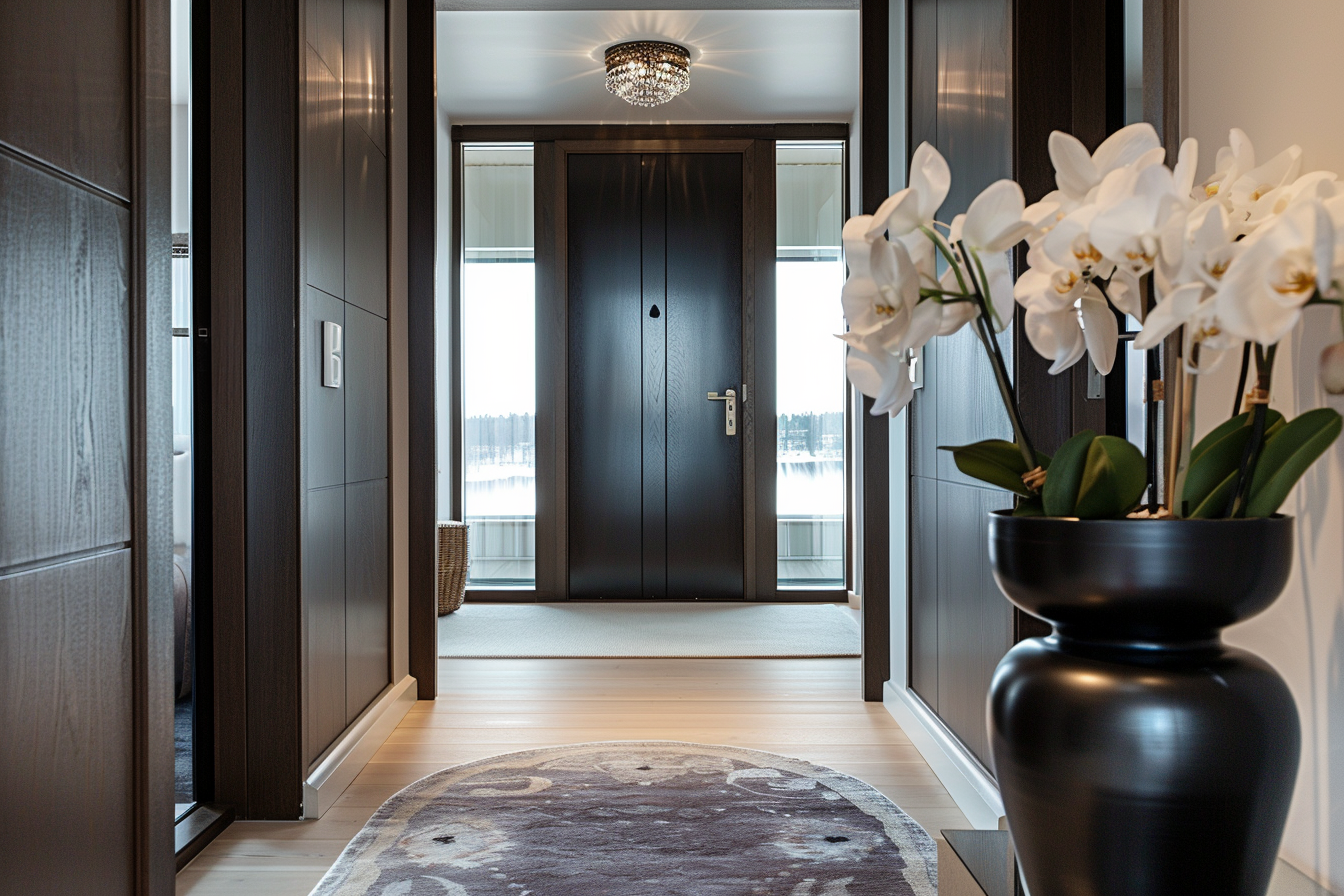
- Embrace Asymmetry for Interest: In more casual or contemporary spaces, embrace asymmetrical arrangements to add intrigue and personality. Experiment with placing different-sized objects off-center or in unexpected configurations to create visual impact.
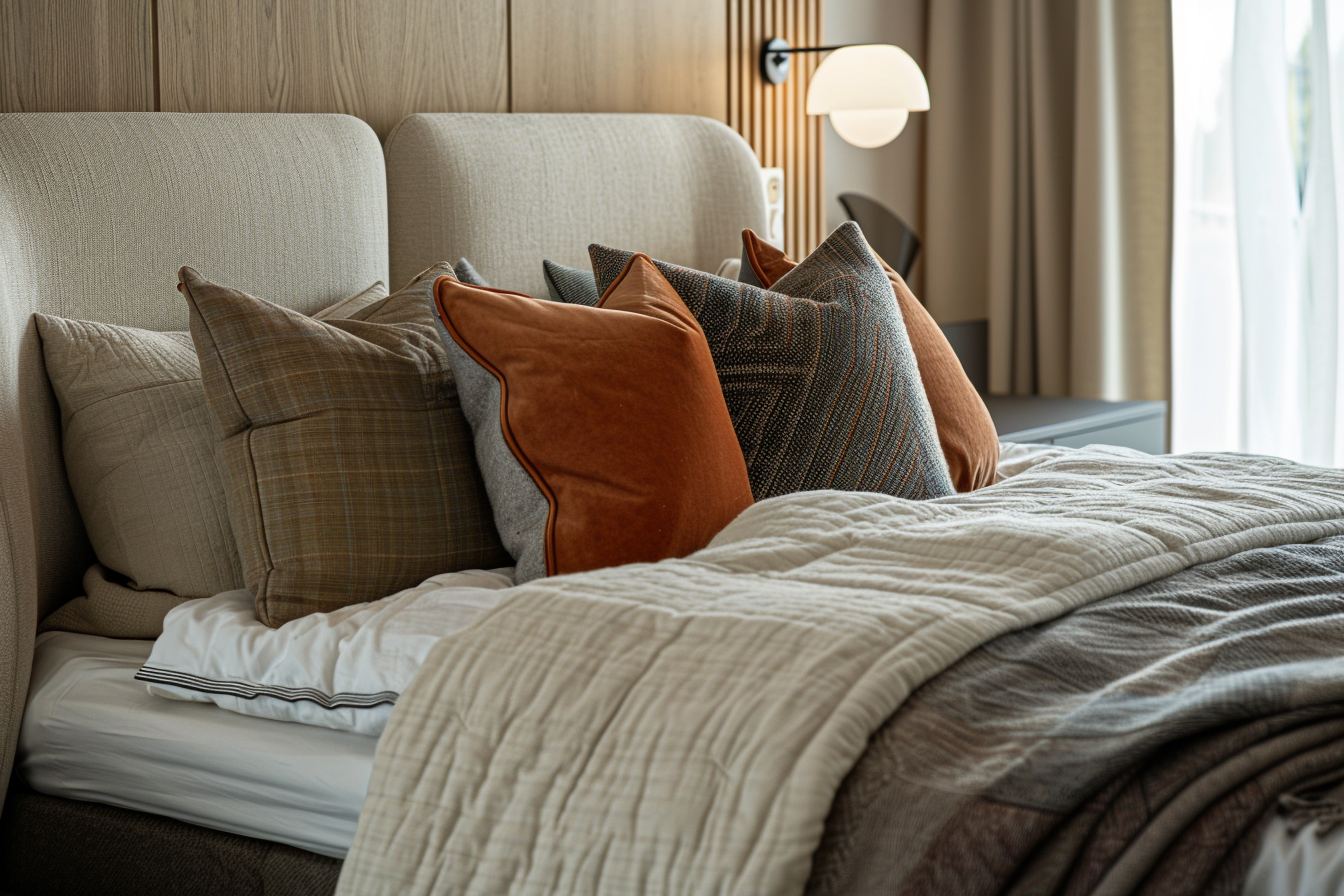
- Pay Attention to Visual Flow: Ensure that the eye moves smoothly throughout the space by arranging elements in a way that guides the viewer’s gaze. Consider sightlines, focal points, and circulation paths to maintain a sense of balance and coherence.
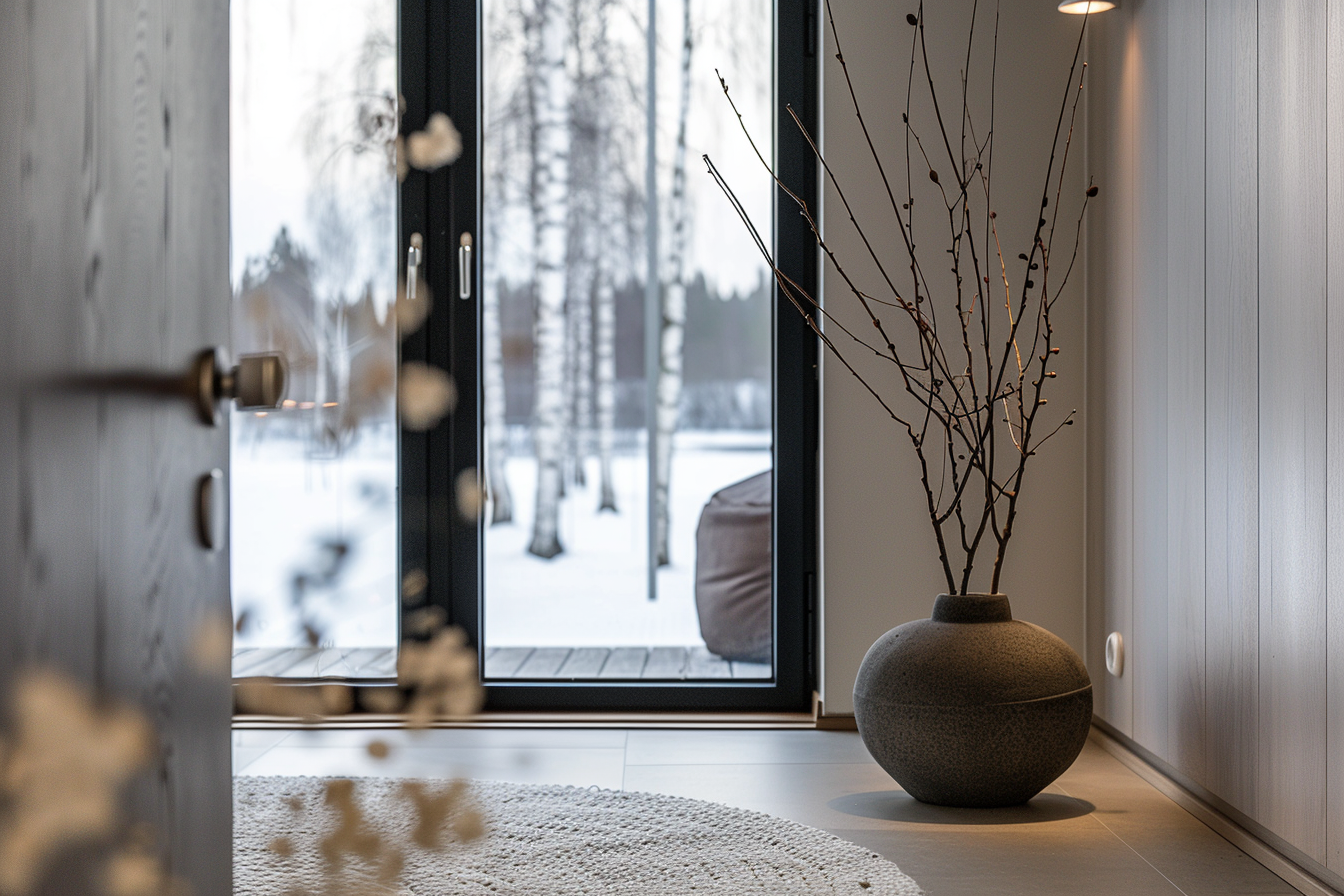
Achieving balance in interior design is a nuanced process that requires careful consideration of various factors, including symmetry, proportion, and scale. Whether aiming for formal symmetry or embracing the dynamism of asymmetry, the key is to create spaces that feel visually pleasing, cohesive, and inviting. By applying the strategies outlined in this post, you can elevate your design skills and create balanced interiors that reflect your unique style and personality.
To deepen your understanding of crafting unique and personalized spaces, consider acquiring my book, Basics of interior design, available on Amazon. This guide offers a comprehensive exploration of various design principles tailored to distinct environments, providing you with the knowledge and inspiration needed to transform any space.
